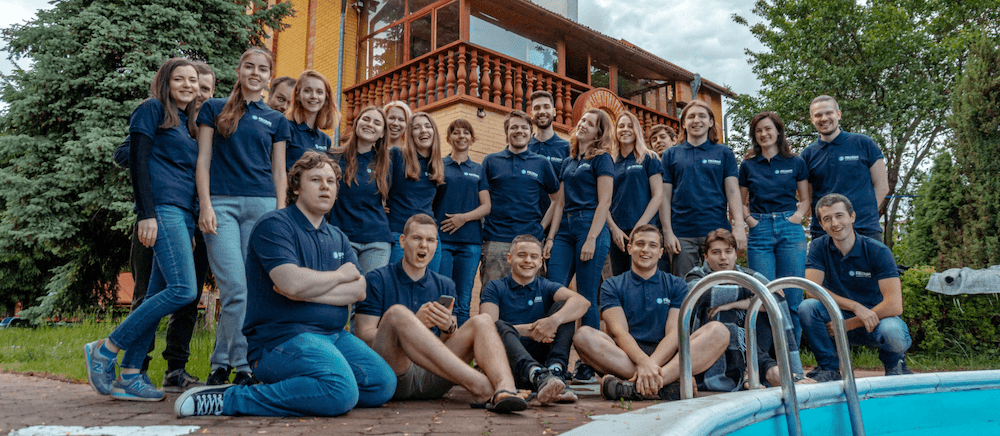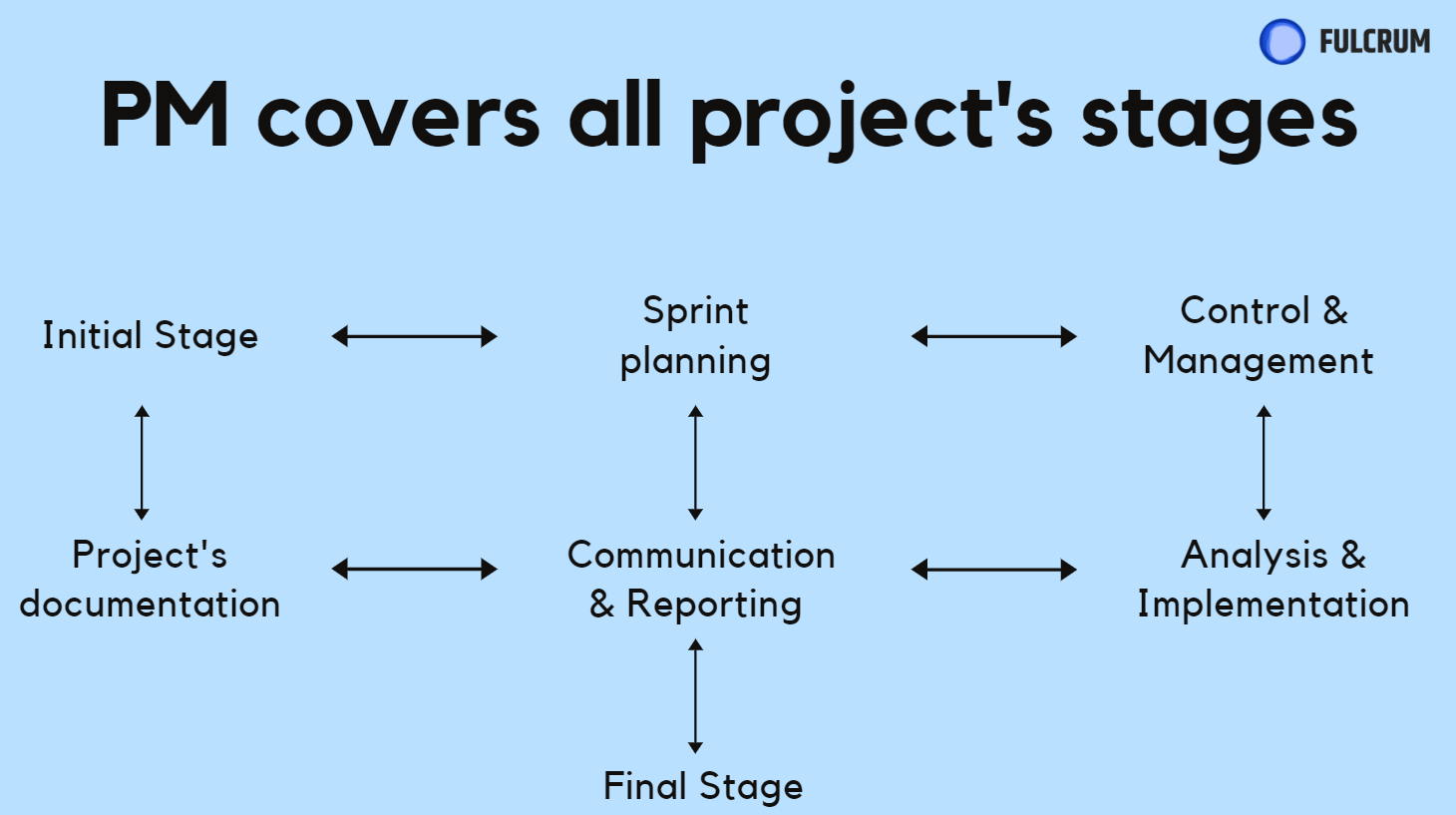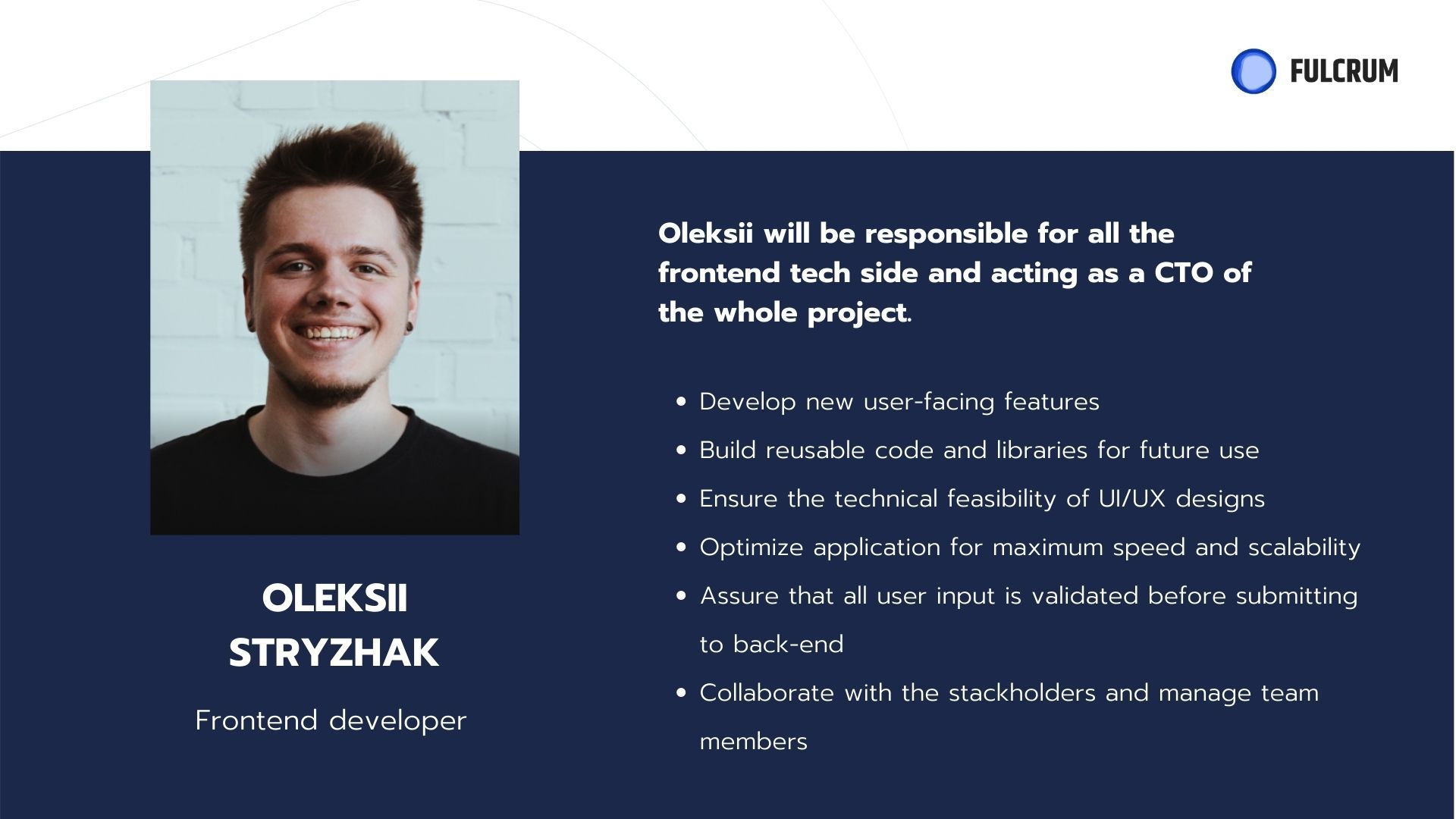One of the things that define the outcome of the project is a development team. It can either make it or break it. A healthy ecosystem with skilled and experienced devs is of the essence for success. And it’s not only about development projects.
You never reach the summit of Mount Everest with laymen that aren’t connected with a common idea. Neither will you do it alone.
So, building a strong development team is first and foremost. How to build it? What’s a typical software development team structure? What to take into account? We will cast some light on these questions in a while.

What to chew over before creating a team structure for software development
First, you should understand all the ins and outs of the project. Hence, you will figure out what kind of development team fits it.
There are generalists and specialists. The first guys are men-of-all-work. They can deal with E2ES but might not be as good in more complex tasks. Specialists, in turn, stand out with narrow in-depth knowledge. They fit for complex projects. A hybrid team is a fusion of the previous two. It might be the best software product development team structure. Specialists deal with functional tasks. Generalists are responsible for communication in the team. Still, gathering such a dream team is not always time- and cost-effective.
The next decision to make is to decide on the size of the team. Unfortunately, there is no math formula to calculate the unique magic number. It’s all about the complexity of the project, budget, deadlines, and resources.

Small teams are easy to manage. Still, complex projects can need more roles; hence, more team members. According to Scrum, a simple software development team structure has 3-9 members. 7 – is a perfect number. Still, if your project requires more devs, don’t limit yourself. Important is that you can establish communication.
The next step to create an agile software development team structure is to assign roles. Again, they can differ from project to project but let’s cover the key elements. It is a good practice to decide on team composition at the discovery stage.

What’s a typical software development team structure
Project Owner or Client
This person knows how the final product should look and function. He also understands who its end-users are. In other words, he possesses priceless information.
Project manager
A PM is a so-called bridge between two worlds – IT and business. He keeps track of the process of development, defines and monitors the risks, and deals with the problems. A PM is also responsible for efficient communication at all stages.
Read more: Project management as a service

Frontend & Backend Developers
Frontend devs create everything the users see and what they interact with.
Backend developers are responsible for the smooth work of the application without bugs. They deal with code, app architecture, databases, security, etc.
A positive user experience depends on their skills and knowledge. Both teams are the big cheese of the project, so make sure you deal with true professionals.

Quality Assurance Engineer & Quality Assurance Automation Engineer
QAs test the application from the user’s perspective. If there is any possibility that the user faces a problem, they must eliminate it. They also ensure that the final look and functionality of the application meet the requirements.
In the long run, the QAs are time-savers for the project.
What to do if you need to test a new feature? In this case, quality assurance automation engineers come to help. With the help of end-to-end tests that copy real user’s behavior, they find the bugs before real users do. It’s especially important after implementing new features or plugins. Read more: What Is a Software Testing Life Cycle
DevOps Engineers
DevOps engineers are reliable for the automation of product development processes. They deal with product development and testing environments. Also, engineers ensure a seamless connection between them. For example, they prepare development quality analysis, test automation, and control tools. They also track the work of all development environments and tools. DevOps create optimized and architected infrastructure.
This way, users of different browsers, smartphones, OS systems will have the same pleasant experience.
Product Designers
UX and UI designers are responsible not only for the nice look of the application and the positive user experience. Though, it’s a huge part of their work. Also, they ensure that the app’s look and functionality convey the idea of the business. And that’s a way more complex task, isn’t it?
Besides, they analyze metrics and make sure that you don’t do charity work.
Business Analysts
Business analysts figure out whether the product meets the business model and the client’s expectations. It happens that the product itself is not bad. But it isn’t launched at the right time for the right people.
These guys analyze the market, the potential customers. They define the problems the product will solve.
To wrap up this part, we should have named the most important member of the team, but that’s impossible. The software development team is a well-set mechanism. It is united with one idea – make the users fall in love with the product.
There are dozens of micro-tasks. All of them are irreplaceable components of a single organism. Yes, some of the team members are at the forefront, while others are behind the curtains. But every contribution to the common success matters.
Software Development Team Structure Examples
At Fulcrum, our approach to each project is special. We always think about whether this or that role is indeed needed. Thus, there are no missing or excess people. As a result, our clients don’t pay for extra hours and the team handles the load
Here are a few examples of picking the teams for different projects:
DOiT – an adaptive platform for learning. We created it for corporate employees.
| Name | Role |
|---|---|
| Michael Borozenets | Back-End, Devops |
| Roman Honcharuk | Font-end |
| Vlad Pochinok | Front-End |
| Julia Sychkova | Project Manager |
| Julia Zhesu | Quality Assurance Engineer |
Subbxi – a cool captioning and subtitling tool for digital agencies.
| Name | Role |
|---|---|
| Oleksii Bespalko | Front-End Engineer |
| Pavlo Rukhailo | Back-End Engineer |
| Andrii Bezkrovniy | Quality Assurance Engineer |
| Aloyna Efimova | Project Manager |
| Markian | Front-End Engineer |
| Ihor Yovka | Front-End Engineer |
As an outsourcing company we usually need someone on the client’s side, for example, a project owner:
| Name | Role | ||
|---|---|---|---|
| Pilar Duenas | Owner | XXX@gmail.com | https://www.facebook.com/XXXXXX |

Software Development Team Structure
Fulcrum Rocks
As you see, a software product development team structure differs from a project to a project. That means that you will put a team together – member by member – as if collecting seashells on the coast.
Too complicated? No problem for Fulcrum Rocks! Just drop us a message and we will pick up a dream team for your project!


